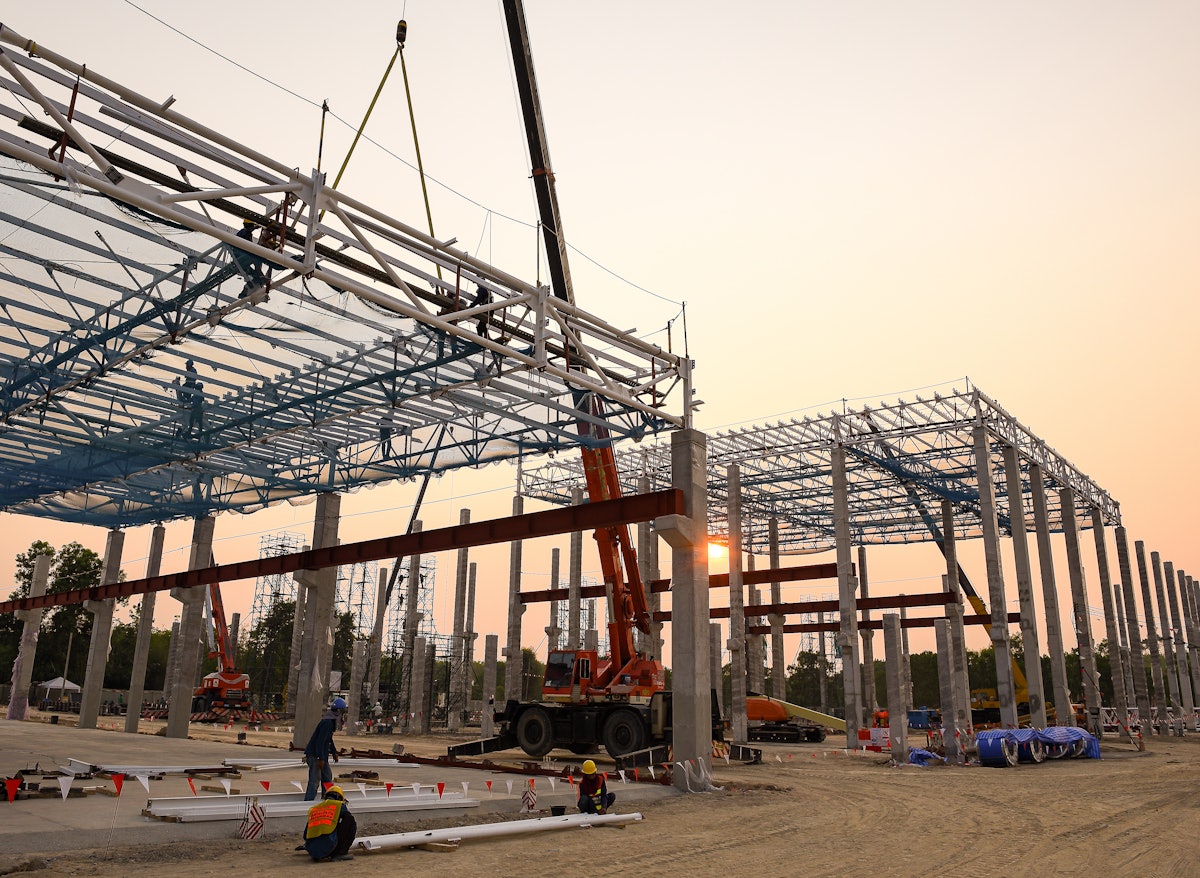Category: Training & Education
-

JLG Builds Skilled Trades Pipeline with School and Workforce Programs
JLG Industries, an Oshkosh Corporation company, is addressing skilled labor shortages in U.S. manufacturing and construction by investing in workforce development and creating a pipeline of trained professionals. Through partnerships with high schools, technical colleges, trade associations, and industry organizations, JLG helps students and current workers gain hands-on experience in welding, painting, assembly, robotics and…
-

Prefab Pitfalls: Five Ways Contractors Lose Money and How to Fix Them
Prefabrication has become the industry’s favorite buzzword. Every conference presentation, every proposal, every kickoff meeting includes it. Prefab will shorten your schedule. Prefab will reduce waste. Prefab will solve your labor problems. It all sounds great, and when done right, it works. Many of the top contractors in the country are using prefabrication to reduce…
-

Why Serious Injury and Fatality Prevention Needs a New Strategy
Early in my career, I trained under the slogan, “Drive down frequency and you will drive down severity.” While this was a sincere and well-intended statement from leadership, it exemplifies an approach to addressing serious injuries and fatalities (SIFs) in the workplace that has not produced the results we hoped for. National Safety Council /…
-

2026 Infrastructure Outlook: Sustainability, Monitoring and Lifespan Planning Lead the Way
2026 is shaping up to be an important year for the infrastructure world as governments, cities and private developers deal with growing pressure on aging systems. Instead of focusing only on building quickly or staying under budget, more attention is shifting toward durability, long-term performance and overall resilience. The goal is no longer just to…
-

What Will Shape Construction in 2026? Interest Rates, Labor Gaps and Market Shifts
Growth in the construction industry plateaued over the past year — and in 2026, look for that trend to continue. Faced with labor shortages, supply chain issues and economic pressures like high interest rates and tariff uncertainty, construction will need to adopt more disciplined habits and embrace both technological and cultural innovation in order to…
-

Centralized Fleet Solutions Boost Consistency and Efficiency for Multi-Location Construction Companies
Construction companies that operate fleets across multiple locations juggle a familiar tangle of moving parts, including mixed assets working in harsh environments, seasonal demand, regional regulations and dispersed teams with different experience levels. All this can make consistency feel out of reach, yet the fleets that are winning right now have one thing in common:…
-

JLL Forecasts 2026 Construction Outlook Amid Policy Shifts and Regional Opportunities
JLL Project and Development Services (PDS) has released its 2026 U.S. Construction Perspective, highlighting how policy-driven market dynamics are creating regional opportunities and competitive advantages across the construction sector. Construction spending fell 4.7% in 2025 due to market uncertainty, with modest growth of 0.4% projected for 2026. The near-flat trajectory underscores ongoing pressures and the…
-

Choosing the Right Digital Form Builder for Construction Teams
In the modern construction environment, moving away from paper forms and toward digital data capture is essential. However, with numerous form builder software solutions available, construction professionals require a strategic approach to evaluate which tools will effectively meet the demands of the jobsite. This article outlines key criteria that contractors and field operators should use…
-

Managing Risk and Insurance Challenges in Green Construction Projects
With growing interest around the globe – and government programs to support the shift – both designers and construction firms are taking on an increasing number of green projects, both in Ontario and across Canada. Yet this new building trend comes with additional risks – risks that designers and builders alike may not always understand.…

